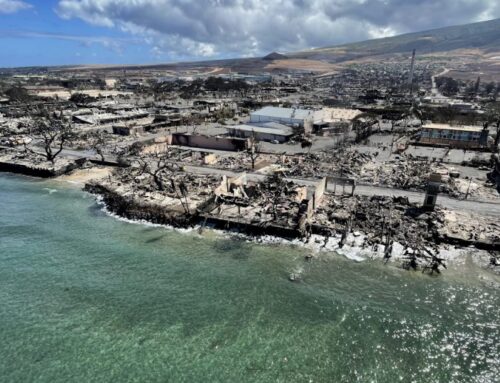A professionally prepared reserve study is a guide for associations towards having sufficient funds for major common area repairs and replacement projects in the future. However, somewhere in between completion of the plan and implementation, a host of misconceptions can take hold, resulting in costly errors. Read on to identify the five most common errors to avoid.
1) Contributing 50% of the recommended amount to the reserve fund –Cutting reserve contributions will leave your association short of the necessary funds for repairs, causing the board to defer maintenance, assess owners more, or other undesirable outcomes.
2) Delaying a project will save the association money – This practice will cause more problems. Projects completed as they arise are generally problem-free. Delays make problems larger and more expensive. Think about a water leak that is not repaired in a timely fashion. It can lead to structural issues and will cost more money to repair than if the leak had been fixed right of way. That extra cost is frequently passed onto the homeowners.
3) The idea that it’s a future problem – Leaving someone else to deal with ongoing maintenance and repairs is poor problem management. This reveals a fundamental misconception about reserves. Roof, paint, asphalt, elevator, basically the entire building, started deteriorating from day one. Reserve funds help offset ongoing deterioration, which is not a vague expense far off into the future. With every homeowner paying their fair share each month and year they own a home, the association will have the funds to cover the costs associated with deterioration and the future will take care of itself.
4) Updating the Reserve Study is unnecessary – Do you use outdated business news to buy or sell stocks? Banks certainly don’t make lending decisions on old income information. To make sound spending decisions on repairs, current information is required. Assets change every year. The fees charged by contractors change too. Your reserve balance also changes, so it makes good business sense to update that item of your association budget annually. Homeowners deserve an accurate update on how prepared the association is to make any major common area repairs that may come up.
5) Association members who think they can’t afford contributing to reserve funds – That just isn’t true. Reserve contributions for the average U.S. condo association are typically about the cost of grande frappucino on Maui. Members who think they can’t afford an adequate reserve contribution are saying they don’t want to give up that premium coffee drink to pay for their home’s deterioration expenses.
Often, “perception” is reality for people, even when perception and reality are quite different! It helps if the professional or company preparing the reserve study provides a detailed, yet easy to understand explanation of costs and benefits. Board members and managers open to best practices, including adequately funding reserves, show sound judgement and will avoid making costly errors to the determent of their association.






